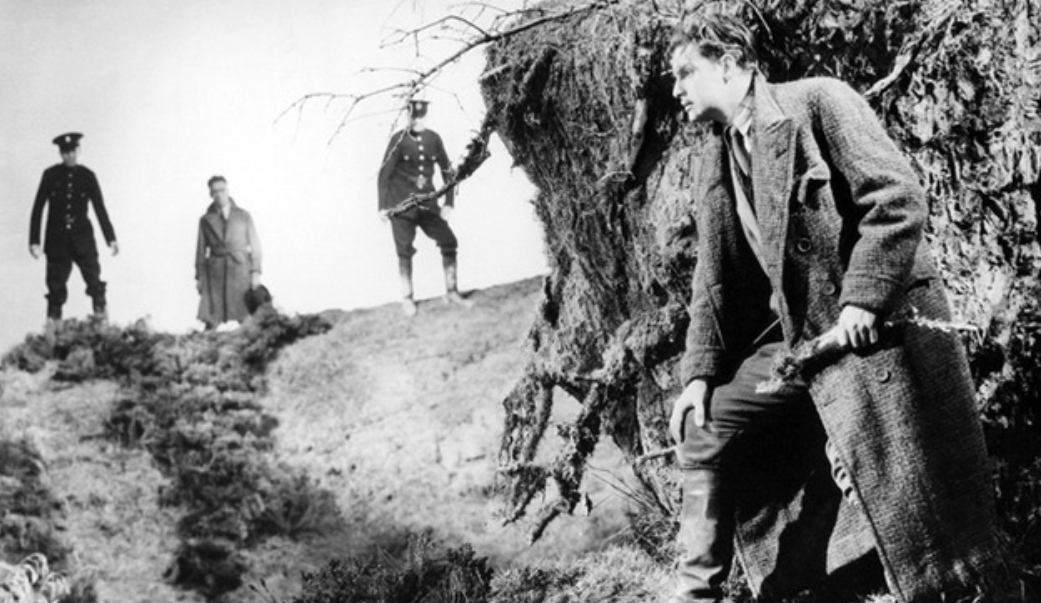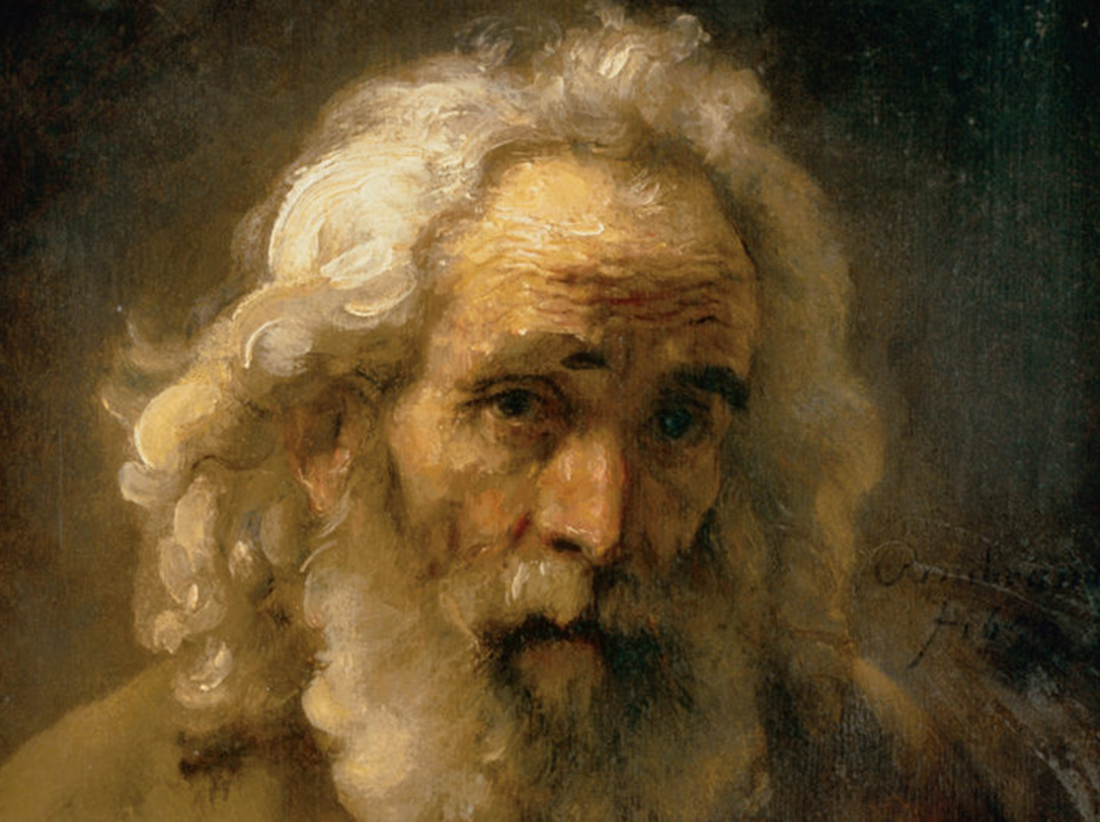Premiers Make It Happen
Dick Hamer: The Liberal Liberal
by Tim Colebatch
Scribe, 2014, 520 pages, $59.99
State governments actually don’t do a bad job. This might seem a daring assertion in the vituperative atmosphere of an election season, when polls show a majority of Australians would like to replace them with stronger Commonwealth powers and new smaller regions and when Canberra is once again examining the federation’s workings.
The states rarely have the money to provide the services people expect, and things relentlessly go wrong, in services from land-use planning to police, public transport, schools, hospitals, ambulances and local councils. It can seem decidedly second-class government, with the loud squabbles, maverick and occasionally corrupt MPs, seeming incompetence and small scale—“parish pump”, people often sneer—compared to the great economic and international challenges in Canberra.
Tim Colebatch’s biography of “Dick” (Rupert James) Hamer, Liberal Premier of Victoria from 1972 to 1981, shows, however, that when a state government is looked at as a whole and over a period, things work fairly well, given the size and challenge of the task—dozens of services to the public, up to a quarter of a million employees and contractors, abundant opportunities for bad luck and mistakes.
State governments are not often examined so closely and sympathetically. Books about them don’t sell well unless they involve a juicy scandal or a colourful personality, so are rare. Media accounts seldom go beyond a minute or two on television or perhaps 500 words in a newspaper. As in federal politics, scandals, sensations and “gotcha” moments soak up the opportunities to engage public attention.
Colebatch seems to like state politicians on the whole, and sees them as usually doing their best in a tough job of making it all work. He does not say it outright, but Hamer comes over as one of the best of them, with his predecessor Henry Bolte (1955 to 1972) not far behind.
Both had the indispensable quality any politician needs—luck. Bolte had been Leader of the Opposition for a little over a year when the ALP split, spawning the bitterly hostile Democratic Labor Party, which through its voting preferences kept the Liberals comfortably in office for the next twenty years. Neither man had to do the long hard years of leading an opposition.
They inherited the matchless benefit of the postwar economic boom, with its full employment and solid economic growth. And they also inherited in good working order a public service and range of agencies and services that had developed unspectacularly but well over more than a century. Many observers believed that political turmoil, changes of government and minority governments in Victoria over the pre-Bolte generation had been a blessing in disguise because it kept political hands off and allowed the services to develop naturally.
Hamer had the luck to succeed Bolte, of the homely features, scathing wit and bush shrewdness that few anywhere in Australia did not recognise after his seventeen years in the job. People were ready to welcome a good but different premier. With his clean-cut looks, crisp, slightly hesitant speech and gentlemanly, intellectual ways, Hamer was very evidently not Bolte—an urbane city lawyer, unfailingly polite, keen on the arts, equal opportunity and the environment. These qualities had huge appeal in middle Melbourne—enough for the Liberals to retain a majority, without a coalition with the National (or Country) Party, when the DLP collapsed in the mid-1970s.
Hamer demonstrated that a calm, polite, understated, inclusive and “small l” liberal premier could be a success and last longer than most, though in the end his “nice chap” ways and the stresses of time brought him down.
While Hamer was “small l” or “moderate” and Bolte was perceived as “conservative”, there was not a big ideological gulf between them. Both ran one of the Western world’s more “socialist” societies, where the government employed about 20 per cent of the state’s workforce. State jobs were usually secure, with superannuation at the end. Both premiers were ardent supporters of protection for industry and accepted a large range of regulation. There was little thought until the 1980s of privatisation, smaller government, deregulation or contracting out. And it would hardly have been welcome.
Bolte wanted more state taxing powers and all the loan money Canberra would allow him. He was the most prolific state-school builder in Victoria’s history. Hamer too supported more state taxing powers—if only Canberra would agree.
Hamer had been Prime Minister Robert Menzies’s favourite to succeed him in the federal seat of Kooyong. Hamer declined, partly as a family man unwilling to go to Canberra, but also because he thought he could be more effective at the state level. Bolte supported him as his successor, as the best for the job, but partly because his bent for arts and the environment seemed the way for the government to go in the 1970s, after twenty-five years of single-minded economic development.
Hamer was usually cautious about division, but early in his premiership he dared to be different by introducing a private member’s bill with a free vote to abolish the death sentence. The Liberal vote split, but the bill passed with Labor support.
The tilt to the Liberal “Left” in the early Hamer years coincided with the Whitlam government in Canberra and Hamer gratefully accepted its largesse, especially for conservation of land and heritage buildings. This helped spark an increasingly differentiating “Right”, who wanted the more combative anti-Whitlam style of Premiers Bob Askin and Tom Lewis in New South Wales and Joh Bjelke-Petersen in Queensland. Opposition to Whitlam also brought more right-wingers into the Liberal branches. The Whitlam money helped, however, to support the triumphant “Hamer Makes it Happen” slogan at the 1973 Victorian election.
A more divisive and ultimately unsuccessful move to the Left then in the state organisational wing—Hamer’s role is unclear—was a brash ambition to contest all Country Party seats and try to destroy the rural party.
When the Whitlam feast from Canberra was followed by Fraser famine, Hamer’s environmental policies began to cost the state more. The “low-hanging fruit” of relatively cheap measures was also running out. The rights of land and building owners and especially of what was adequate compensation became a divisive issue.
Hamer privately advised Malcolm Fraser against refusing Supply to the Whitlam government in 1975. He told Fraser Whitlam would soon be defeated anyway and Fraser would have more authority as prime minister if he waited.
About the same time a younger, more aggressive and ideological “New Right” was emerging, stressing free markets, small government and less regulation. It blended into the “ambition faction” of younger MPs wanting to replace in cabinet what they regarded as limited or tired older ministers. Jeff Kennett, Premier 1992 to 1999, was its best-known member.
The environment came back to bite when unions banned work on a gas-fired power station planned for inner-Melbourne Newport. The ban had more to do with the byzantine politics of the Melbourne Trades Hall than the thin environmental case and Hamer could not negotiate or compromise his way through. It is just possible that Bolte might have toughed it out. Colebatch sees this bloody-minded ban as the beginning of the long slide in union respect and membership.
Discontent about Hamer built up on all these lines, his popularity ratings fell and the usual undermining began, mostly in private but spilling into the media. Visibly weary, Hamer retired under pressure in May 1981, shortly before his sixty-fifth birthday, when he had planned to go out more gracefully. A resurgent Labor drove the Liberals from office a year later. He became Sir Rupert in 1982 and died in 2004.
Among the complaints about Hamer’s allegedly weak “niceness” were the common ones of inadequate ministers staying on too long at the expense of new blood, party room and cabinet meetings being ill-disciplined, and insufficient attention to the economy. Business complained about inadequate drive for new economic development and too much regulation, largely resulting from land and building conservation.
The “environment” was a less contentious issue in the early 1970s than it became. The downside of population and industrial growth was pressure on the land. People increasingly were concerned about the suburban sprawl, the threat to loved countryside, especially on the Mornington Peninsula south of Melbourne, and the demolition of Victorian-era streetscapes to build high-rise towers. Conservation at first was a conservative cause. The Duke of Edinburgh agreed to be patron of the Australian Conservation Foundation, which at first confined its campaigning to the more serious issues. But militants quickly moved in and the environment became a “New Left” and in time “Green Left” cause.
Not all premiers and governments are as successful or attractive as Hamer, but a comprehensive study like this book reminds us that if we look beyond the wrapping paper of cancelled trains, crowded hospitals and the mission impossible of land-use zoning, state governments built upon two centuries of accumulated experience and natural development do work, though they could always be improved on.
My own view is that the move which so many fancy to two tiers, to newly created regions answerable to Canberra at the expense of both the state and municipal governments, would be a disastrous leap in the dark.
Tim Colebatch’s book is a fine, fair, candid political biography. Colebatch was a journalist with the Age for more than forty years, writing mainly on government and economics. I also have observed and written extensively on the Bolte–Hamer era and can find little to fault in this book, other than occasionally tone. Perhaps there could have been more on the team around Hamer, in the public service and what went right as well as wrong in cabinet and the party.
Hamer might have done better with a tougher deputy than Lindsay Thompson, his short-lived, wearied successor as Premier and a similar personality. Colebatch refers often to the teamwork between Bolte and his deputy, Arthur Rylah, the Chief Secretary, whose prodigious efforts on the paperwork freed Bolte for the bigger picture. Such partnerships have a good record. In New South Wales, Jack Ferguson’s ability to know where bodies were buried and to make the trains run on time underpinned Neville Wran’s “front of the house” brilliance. Des Corcoran and Don Dunstan together similarly made it work in South Australia, as John Brumby and Steve Bracks did in Victoria. Gough Whitlam made more mistakes in Canberra without Lance Barnard at his side.
Robert Murray is the author of The Making of Australia: A Concise History (Rosenberg) and 150 Years of Spring Street: Victorian Government 1850s to 21st Century (Australian Scholarly). He was Victorian political writer for the Australian Financial Review from the mid-1960s to the mid-1970s.
Madam: Archbishop Fisher (July-August 2024) does not resist the attacks on his church by the political, social or scientific atheists and those who insist on not being told what to do.
Aug 29 2024
6 mins
To claim Aborigines have the world's oldest continuous culture is to misunderstand the meaning of culture, which continuously changes over time and location. For a culture not to change over time would be a reproach and certainly not a cause for celebration, for it would indicate that there had been no capacity to adapt. Clearly this has not been the case
Aug 20 2024
23 mins
A friend and longtime supporter of Quadrant, Clive James sent us a poem in 2010, which we published in our December issue. Like the Taronga Park Aquarium he recalls in its 'mocked-up sandstone cave' it's not to be forgotten
Aug 16 2024
2 mins







